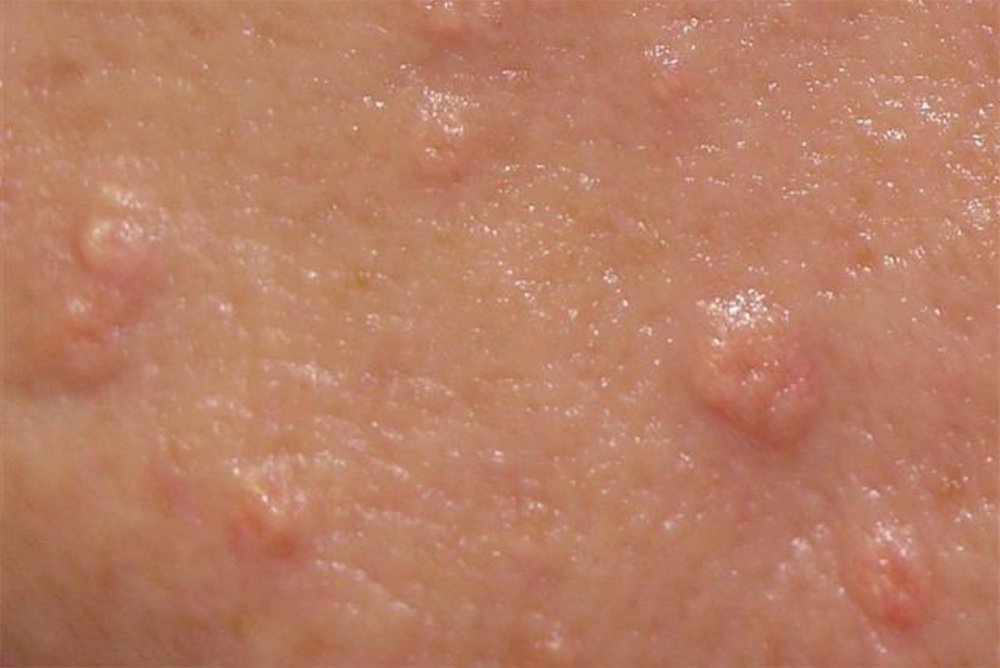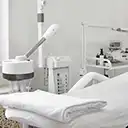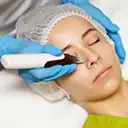Clear Path Acne Clinic - Your Formula to Flawless Skin®
Skin Classic
The Skin Classic helps to remove skin tags, facial veins, sebaceous hyperplasia, fibromas, and more, quickly and comfortably.


Skin Classic
Austin
$148
Imagine a cutting-edge treatment that gently addresses those common yet captivating imperfections, such as broken capillaries, cherry angiomas, keratosis, skin tags, hyper-pigmentation, milia, sebaceous hyperplasia, and acne. Introducing the Skin Classic, an award-winning laser alternative that's truly transformative.
Isn't it incredible how our skin tells a story, reflecting our experiences and the passage of time? Take a moment to consider telangiectasis, or broken capillaries. These delicate, dilated blood vessels can appear near the skin's surface or mucus membranes, weaving a unique pattern on our faces, around the nose, cheeks, chin, and chest.
The environment, including sun or cold exposure, can contribute to their development, as can the natural aging process. Even life's little knocks, such as contusions or surgical procedures, and radiation therapy, can leave their mark on our skin.

Cherry Angiomas is small clusters of capillaries situated at the skin's surface, form round, dome-shaped papules that are often flat-topped. These vascular lesions exhibit colors that vary from bright red to purple. When initially formed, cherry angiomas appear as nearly flat, small red dots. Over time, these dots may expand up to a centimeter or larger, with some of the more prominent angiomas developing a thick, raised profile. These angiomas can be found in various regions of the face and body, and their occurrence is generally associated with factors such as aging, pregnancy, genetics, and excessive sun exposure.

Sebaceous Hyperplasia is a benign disorder affecting the sebaceous glands, commonly found in middle-aged or older adults. These lesions can manifest as single or multiple yellow, soft, small papules on the face. Characterized by their round shape and oil surrounding the pore, they display a "donut-like" appearance. Sebaceous hyperplasia typically occurs on the nose, cheeks, and forehead, although it may occasionally appear on the chest or other parts of the body.

Lentigo, often referred to as brown spots - are small pigmented spots manifest on the skin, distinguished by clearly defined edges and surrounded by normal-appearing skin. These benign lesions are confined to the cell layer directly above the epidermis' deepest membrane, where melanocytes responsible for the spots are typically located. Unlike freckles, the color of lentigo remains stable, unaffected by sunlight exposure.

Skin Tags
Small benign tumors that primarily form in areas where the skin creases, such as the neck, armpit, and groin, but may also appear on eyelids or other facial areas. These harmless and typically painless growths do not change over time. Skin tags can be large, sometimes up to half an inch long, but are most commonly the size of a rice grain. Their surface texture can vary from smooth to rough. Skin tags can become irritated by shaving, clothing, or jewelry, and are often caused by factors such as weight gain, genetics, diabetes, and pregnancy. They tend to be more common in women than men.
Milia
Milium is a cyst filled with keratin that can appear just beneath the epidermis. Milia are highly prevalent in newborn babies but can occur in individuals of all ages. They are most commonly found around the nose and eye area. While milia tend to disappear spontaneously in children, adults may require the assistance of a skincare professional for their removal.


Seborrheic Keratosis
A benign skin tumor that originates from keratinocytes, the cells in the epidermis' outer layer. Similar to liver spots, these lesions are more frequently observed as people age. Seborrheic keratoses may be slightly elevated and possess a waxy or scaly appearance, resembling a wound scab. They can be round or oval, ranging from very small to over an inch in size. The growths exhibit various colors, from light tan to black, and are often described as having a "pasted on" appearance. Commonly found on the face, chest, shoulders, and back, these lesions are typically painless, though they can become irritated by friction from clothing or jewelry. Although seborrheic keratosis itself is non-cancerous, basal cell carcinoma can occasionally develop in the same location and may progress from seborrheic keratosis.


















